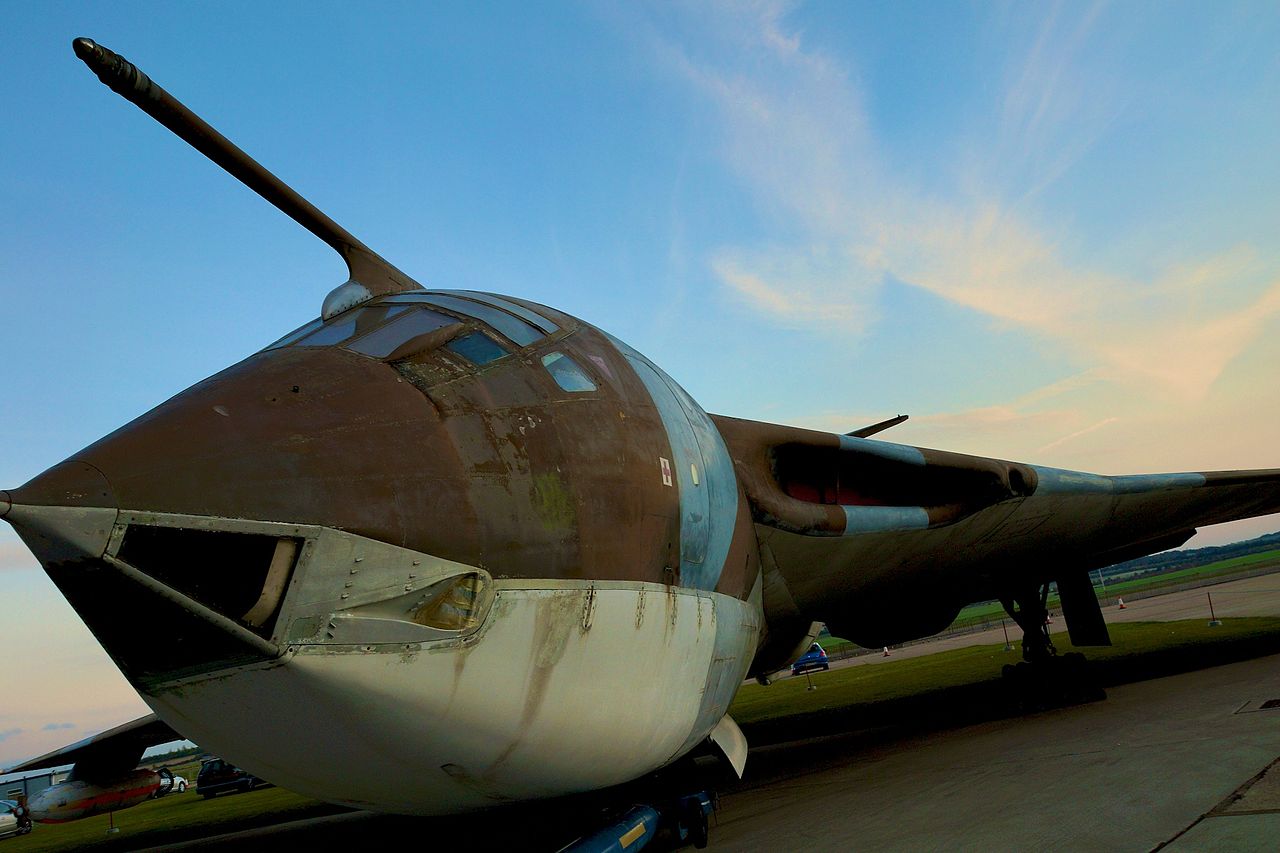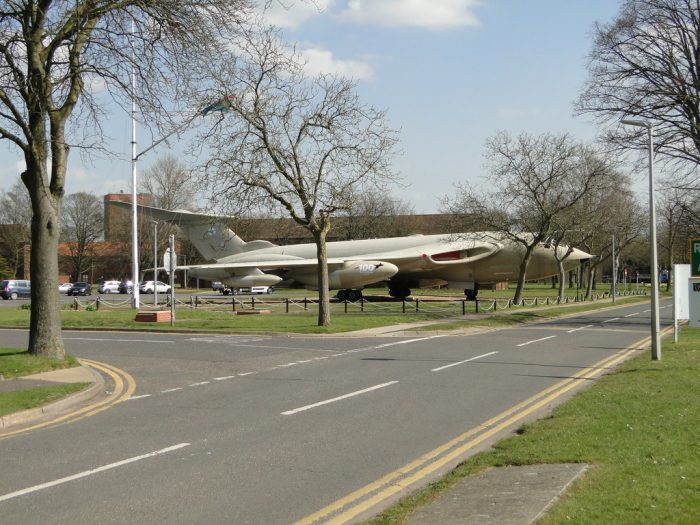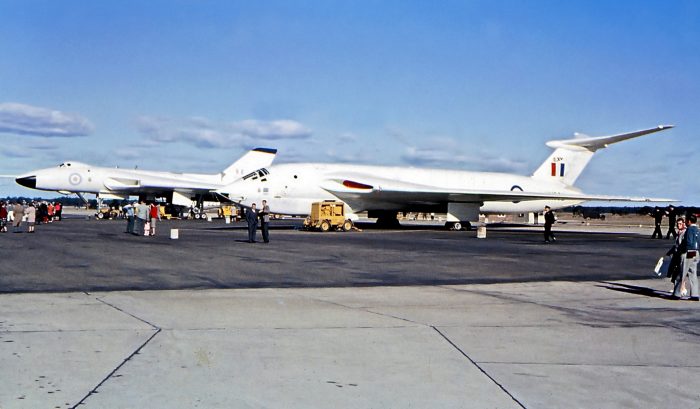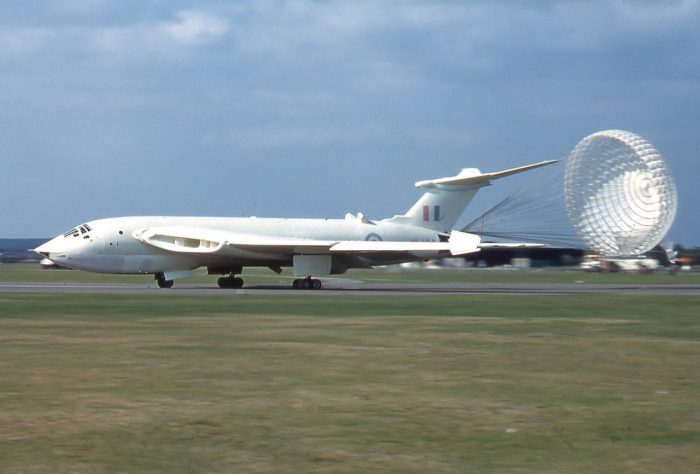RAF to Scrap Victor at Entrance to Marham Base

A Cold War-era jet which has stood at the entrance to RAF Marham base in Norfolk will be scrapped.
The base offered to give the jet to anyone who could restore it but no one with the capability to do so came forward to accept the offer.
When introduced in 1950, the Handley Page Victor was intended to be used as a strategic bomber. Later, many of the bombers were refitted to be used as refuelling tankers. They were used during the bombing of Port Stanley in the Falklands War.
The Victor was retired from service in 1993.
The base will be allowing a small number of people one last chance to view Victor XH673 before it is scrapped in October. Due to the COVID-19 pandemic, people with a connection to the Victor will be given time slots in which they can take one last look at the plane.

There is still a Victor in the Royal Air Force Museum Cosford and the Imperial War Museum collection at Duxford.
The Victor was the last of the three “V-bombers” placed in service by the RAF. It was designed to fly high above the ceiling of conventional fighter planes and travel at a very high rate of speed.
The Victor had a unique crescent-shaped wing which was designed by Godfrey Lee who came up with the design while bedridden with pneumonia.

The first prototype was not successful having broken up in a test flight, killing its pilot, D.G. “Duggie” Broomfield. A later prototype killed a technician when it caught fire and sprayed burning hydraulic fluid on him and two other techs. A third prototype crashed and killed the entire crew.
In 1956, test pilot Johnny Allam put a prototype into a dive and unintentionally exceeded Mach 1 making it the largest aircraft to break the speed of sound at that time.
The final production model of the Victor carried a crew of five along with its nuclear weapon cargo. They were painted “anti-flash white” to reflect the heat of an atomic blast.
It has been stated that the Victor could carry a heavier load of bombs than the American B-52 but that does not take into account the external bombload capability.
50 of the production models were built. The last was delivered in February 1961. By this time, fighters and other defenses had been built which could fly as high or higher and as fast or faster than the Victor.

Because Soviet defenses made high-altitude bombing less effective, a second model of the Victor was designed for low-altitude missions with the technology changed to assist low-altitude flying and the white paint job replaced with a camouflage design.
34 of the second models were built with 21 rapidly upgraded to a new specification to allow various bomb cargoes.
The original Victors were determined to be obsolete with the release of the second model. They were then refitted as refuelling tankers. The second models proved insufficient in the role of a low-altitude bomber and were retired and refitted as tankers.
Another Article From Us: Chelsea FC Adopts Lancaster Bomber at RAF Museum
The Victor never fired a shot in conflict. They did assist in the Falkland War as refuelling tankers and performed reconnaissance missions.
